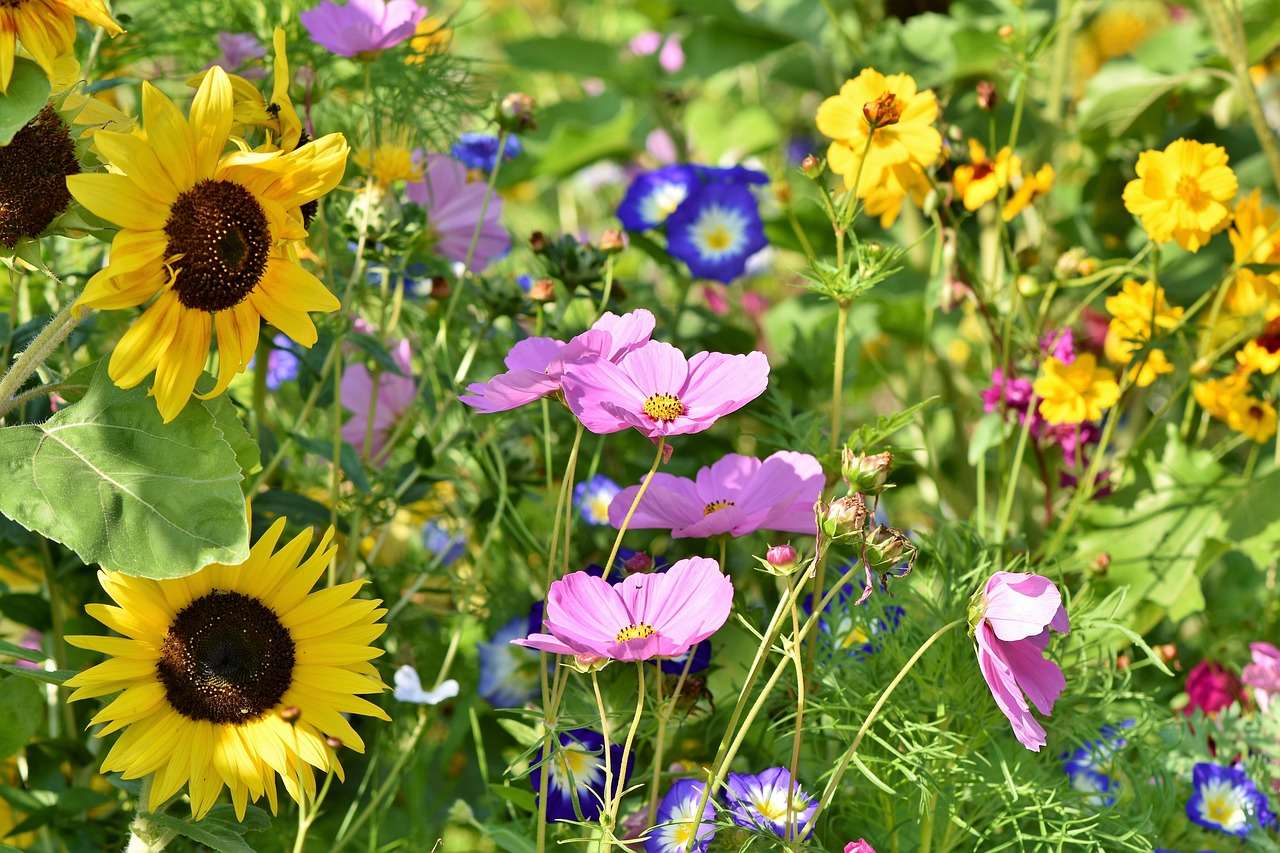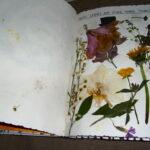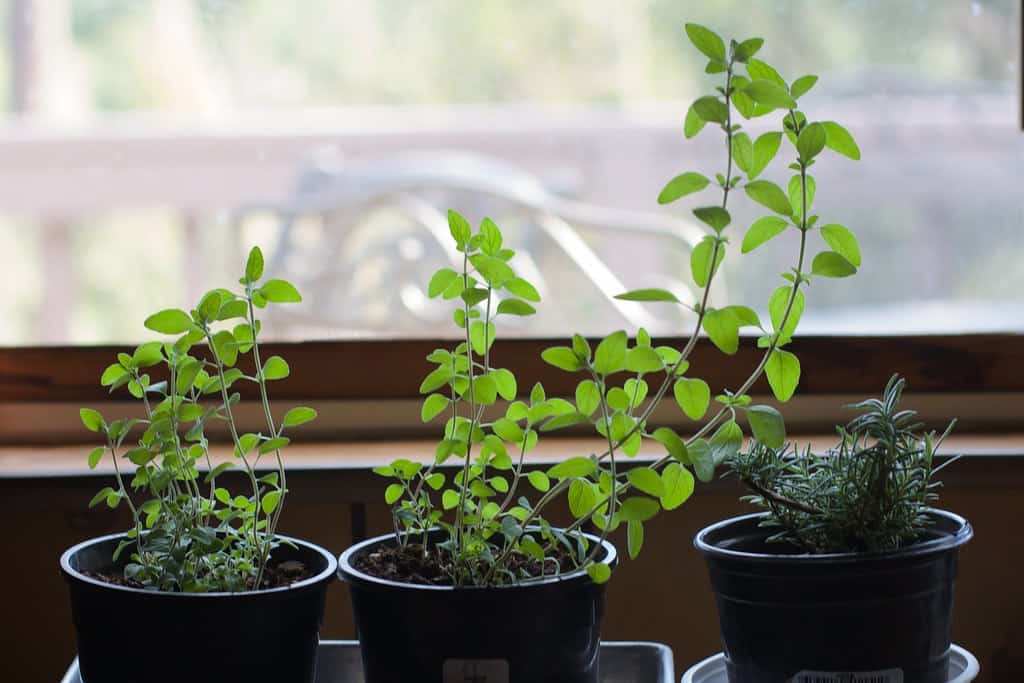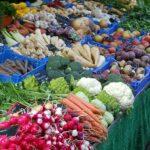An indoor foodscape is a great way for growing herbs, vegetables and fruits in your own home. Not only is it a fun and rewarding hobby, but it also provides you with delicious, healthy and sustainable food options. In this article, we’ll be discussing tips and tricks for creating an indoor foodscape that will help you grow your own food year-round.
Growing Herbs & Vegetables Indoors

Choose the Right Container: The first step in creating an indoor foodscape is to choose the right container. You want to make sure the container you choose is big enough to accommodate the plants you want to grow and has proper drainage. Consider using containers made of materials like terra cotta or ceramic, as they allow the soil to breathe and keep the roots healthy.
Choose the Right Soil: The next step is to choose the right soil. Indoor plants require a soil mix that is light and well-draining. Look for a soil mix that is specifically formulated for indoor plants, as it will have the right balance of nutrients and pH to help your plants thrive.
Select the Right Plants: When selecting plants, consider the amount of light they need, the temperature they prefer, and the size they will eventually grow to. Some popular herbs for indoor growing include basil, mint, thyme, and parsley. Vegetables that are well-suited for indoor growing include lettuce, spinach, and cherry tomatoes. When selecting fruits, consider options like strawberries, blueberries, and blackberries.
Provide Adequate Light: One of the most important factors for growing plants indoors is providing adequate light. Most indoor plants require bright, indirect light. If you don’t have a lot of natural light in your home, you can use artificial light sources, like fluorescent lights or LED grow lights.
Proper Watering Techniques: Watering is another important factor to consider when growing plants indoors. Over-watering or under-watering can cause problems, so it’s important to get the right balance. A good rule of thumb is to wait until the top inch of soil is dry before watering. Also, consider using a self-watering system, which will help ensure your plants receive consistent and appropriate amounts of water.
Fertilize Regularly: Just like outdoor plants, indoor plants also require regular feeding. Look for a fertilizer that is specifically formulated for indoor plants and follow the manufacturer’s instructions. Fertilizing once a month is usually sufficient, but be sure to check your plants regularly to make sure they are receiving the nutrients they need.
Pest Control: Indoor foodscapes are not immune to pests. Common pests include spider mites, aphids, and whiteflies. To keep pests under control, keep your plants healthy and clean, and consider using natural pest control methods, like neem oil or ladybugs.
In conclusion, creating an indoor foodscape is a great way to grow fresh herbs, vegetables and fruits in your own home. By following these tips and tricks, you’ll be on your way to growing a thriving and healthy indoor foodscape.
Keywords: Indoor foodscape, herbs, vegetables, fruits, container, soil, plants, light, watering, fertilizer, pest control, growing herbs, growing herbs and vegetables, growing herbs indoors, indoor growing herbs, growing herbs in your kitchen
Check out our Novel Writing Workbooks
Check out Little Tree Food Forest for articles on food forests and homesteading.
Check out FoodieScapes for articles on growing, fermenting and preserving food
Check out StoryScapes.World for articles on writing.
Subscribe to our newsletter to get information delivered to your inbox on edible landscaping, growing food and medicinal plants, growing mushrooms, foraging, fermentation, food preservation, raising small livestock, and more.










